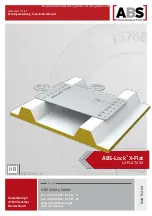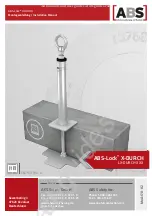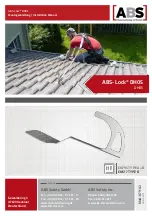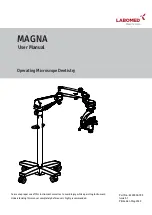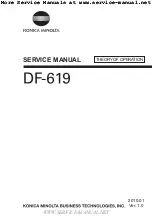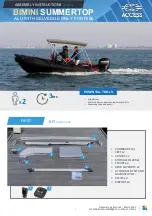
BAR
R
IER
MOWER R
I 6
0
–
80
51
6.4
HYDRAULIC HOSES
When inspecting hydraulic hoses, any damage/defect must be rectified
immediately. When searching for leaks, due to the danger, suitable aids must
be used: protective glasses, work a piece of cardboard that quickly
reveals a leak!
Thin jets of hydraulic oil under high pressure can penetrate the skin and cause
serious injuries! In the event of injuries of this nature, seek immediate medical
attention: DANGER OF INFECTION!
Check the condition of all hoses at regular inspections. Pay particular attention that they do not rub against
edges, flanges, bolts etc., and that the protective sleeves are correctly fitted, so that the hoses are always
protected as best as possible.
Check all hydraulic hoses and fittings daily. Any damage or leakage must be repaired immediately.
Hoses with damage/defects must be replaced immediately.
GreenTec's hydraulic systems work at a very high pressure. (From 250 bar up to 320 bar)
Therefore, use only original hoses and spare parts for these. A burst hose can be very dangerous.
When replacing hydraulic hoses, avoid twisting hoses and fittings.
-
Use 2 spanners to loosen and tighten the hoses!
-
Avoid over-tightening! (Correct tightening torques are stated in
Table 17
–
page 50
-
If fittings or screw connections continue to leak, they must be replaced!
A flexible hose must not be twisted/twisted during installation, as this will
significantly reduce the life of the hose and may cause the connections to
loosen.
To determine if a hose is twisted or not, the specification line running the
length of the hose must be straight.
Hvis specifikationslinjen spiralformer omkring slangen, er slangen snoet:
A flexible hose must never be stretched tightly between two fittings.
Approx. 5 to 8 (%) percent of the total length should be allowed as slack to
allow free movement under pressure.
Under pressure, a flexible hose is compressed in length and expands in
diameter.

























